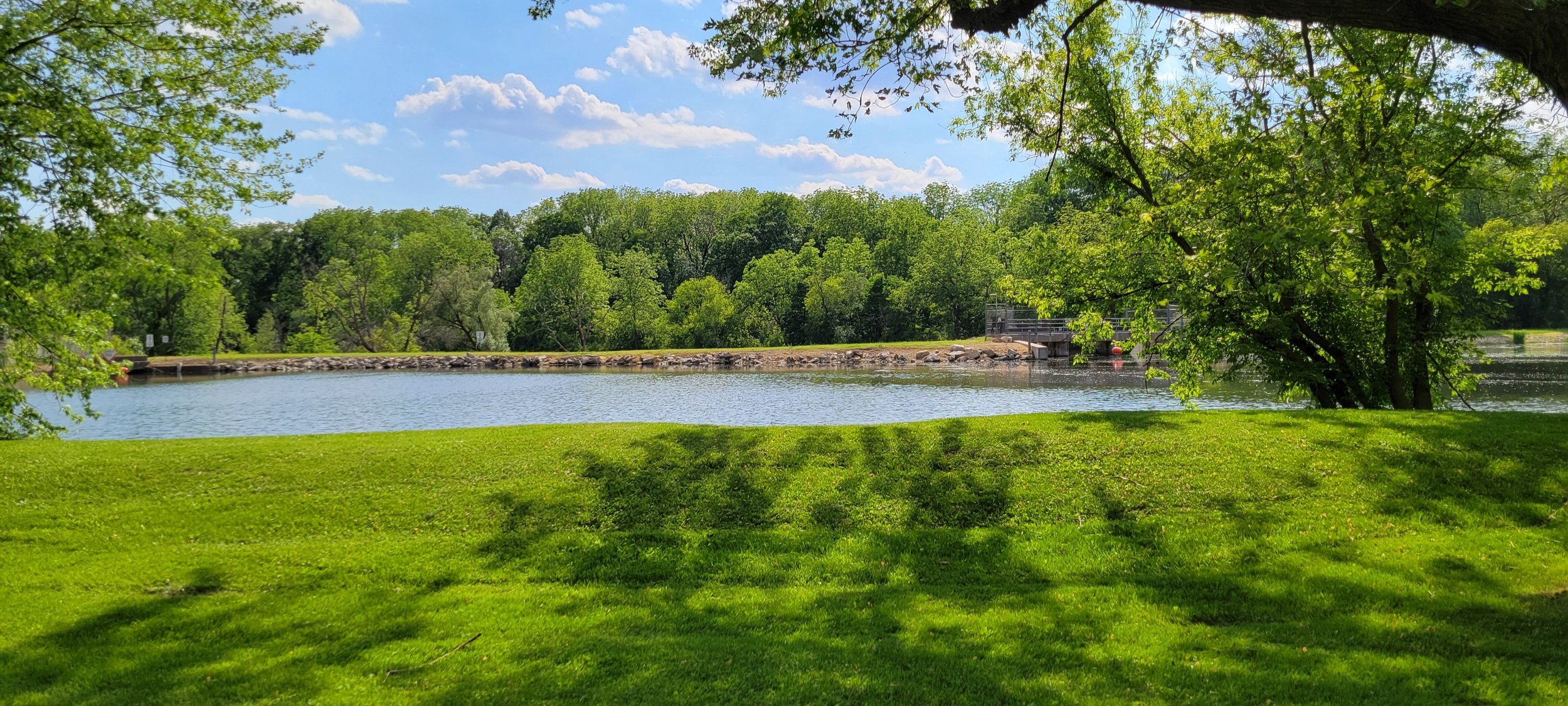
Town History
Dunkirk continues to be an agricultural community whose rich farmland supports corn, soybean, wheat, tobacco, truck crops, livestock, and dairy farms. Some of these farms have been operated by the same families for many generations. In addition, many hobby farms and stables provide recreational farming opportunities. Dunkirk still enjoys a rural character with open farm fields separated by mature trees in fence lines encircling farmsteads.
This rural character is enhanced by the Yahara River corridor as well as by wetland, prairie, and woodland areas. The Yahara River flows through Dunkirk, providing fishing, boating, canoeing, and hunting opportunities. Dunkirk even has a hydroelectric dam and a dam lake district. Residents and visitors can enjoy the six Town parks as well as nearby County and State parks. Also, organizations and public groups own land set aside for state public hunting grounds, waterfowl habitat, retriever training and events, and a conservation club.
The Town of Dunkirk closely identifies with its rural landscape and works to protect it. The Town of Dunkirk implemented a Comprehensive Land Use Plan designed to protect agricultural and natural landscapes.
Dunkirk Township was surveyed in October 1838, when government surveyor Lorin Miller served in the Territory of Wisconsin. He described Dunkirk and the river running through it. "The aggregate quality of the soil of this township is perhaps a shade better than second rate. It is tolerably well watered by the Catfish Rivera and four small tributaries, two on either side. A narrow skirt of prairie is divided from the Catfish by a like skirt of good timber. A good dry rolling prairie extends from the northwest quarter of the township far to the north, the soil of which is dark sandy loam. The Catfish Creek or outlet of the four lakes meanders pleasantly through the township and abound in fine fish and waterfowl, especially wild geese."
Dunkirk land was originally included in the Green Bay Land District. In 1835, public land sales were held in the Green Bay Land Office. The southern part of this district was made into the Milwaukee Land District the following year. It was in 1836 that a government survey was taken and 36 people lived in what is now Dane County. One family belonging to Abel Rasdall was located at Lake Kegonsa. Most of the other people lived in the Blue Mounds mining area. And in that same year, Easterners Mark Healy and B.B. Kircheval purchased the land that would later become Stoughton. Healy and Kircheval sold the land in a quit-claim deed to Daniel Webster of Pennsylvania in 1838. Then in 1841, the land was purchased by Herman Cope and Thomas Taylor of Pennsylvania from the Territory of Wisconsin at a tax deed sale. Apparently Webster had not paid any taxes on the property.
Dunkirk settlers came initially in two waves during 1843. A group of Norwegians led by John Nelson Luraas settled the northern part of the town. Meanwhile Yankees from eastern states took over the southern part of the town. The first settlers bought their farms from the government for $1.25 per acre. Four years later on July 3, 1847, Cope and Taylor sold their property of nearly 8 acres to Luke Stoughton for about $2.60 per acre. It was there on the waterway that Stoughton built a saw mill and began the creation of a village. A general merchandise store, an inn, a grist mill, a school, and a blacksmith shop soon followed. In 1853, freight and passenger service on the railroad began between Stoughton and Milwaukee and a ticket between the two locations cost $2.00 by 1858.
Town meetings were held to direct the affairs of Dunkirk and Stoughton until 1868, when Stoughton was legally recognized as a village. Up to that point, qualified electors came from farm and village to discuss issues in open forum and vote directly on town regulations. Records of these meetings were kept by the Dunkirk town clerk in The Old Town Book, which is now kept by the Stoughton Historical Society. The first such meeting was held in the home of Josiah H. Lyon on April 7, 1846. A Dunkirk resident, Lyon erected an additional mill on the waterway that competed against Stoughton's mill for many years. Then in 1868, Stoughton was legally recognized as a village that continued to grow whereas Dunkirk continued on its course as a agricultural community. This information was obtained from Oak Opening: The Story of Stoughton, by Ferd Homme with permission from the Stoughton Historical Society.
Hanerville Oak
A majestic Burr oak was a significant landmark in Dunkirk for many years. Here is the complete story of the oak, as printed in the Stoughton Courier Hub on Thursday, May 4, 1978.
